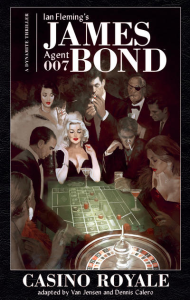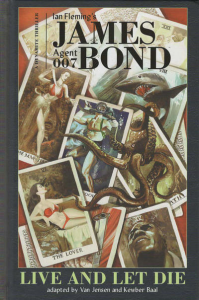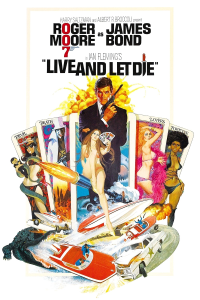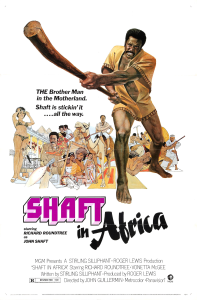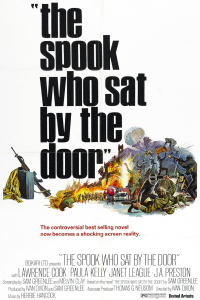If you read last week’s post, you know I’ve been looking back at the James Bond comics published by Dynamite in these last few years.
By securing some of the industry’s top talent, this publisher has been able to churn out a fair amount of cool one-shots and mini-series without devaluing the brand too much. Among my favorites were Ibrahim Moustafa’s darkly comedic Solstice and Ales Kot’s typically conceptual The Body. Powerfully drawn by a host of angular artists (Luca Casalanguida, Antonio Fuso, Rapha Lobosco, Eoin Marron, Hayden Sherman), the latter six-issue series was a quasi-anthology of loosely connected Bond stories delving into different aspects of the character, titled ‘The Body,’ ‘The Brain,’ ‘The Gut,’ ‘The Heart,’ ‘The Lungs,’ and ‘The Burial’ (each of them both literal and metaphoric terms, of course). I’m usually annoyed by Kot’s keenness to show off his cleverness and I think 007 – much like the Punisher – is one of those characters that generally works best the less seriously you psychoanalyze him, but here, as a one-off project deconstructing Bond, the result was pretty satisfying!
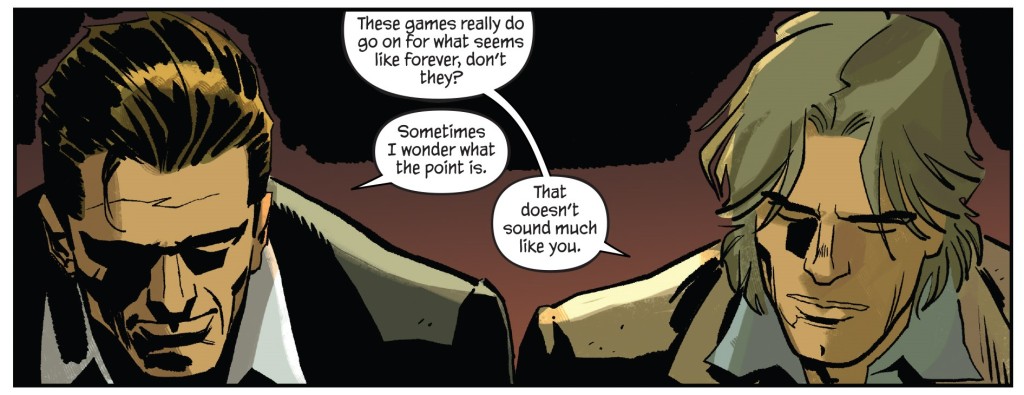 The Body #6
The Body #6
Bond’s world and cast have become more developed as well. For instance, second-string CIA agent Felix Leiter got his own moody spinoff – written by James Robinson and illustrated by Aaron Campbell, with beautiful colors by Salvatore Aiala – which guest-starred one of my favorite supporting characters, ‘Tiger’ Tanaka, the over-the-top Japanese version of James Bond (from You Only Live Twice). I also quite enjoyed Greg Pak’s run on James Bond 007, a nifty spin on Goldfinger that, among other things, introduced a fun, revamped take on the Korean Oddjob – one that actually provided some respectful characterization for what used to be little more than a racialized henchman with a goofy gimmick. (Pak then wrote a brief sequel in Reflections of Death.)
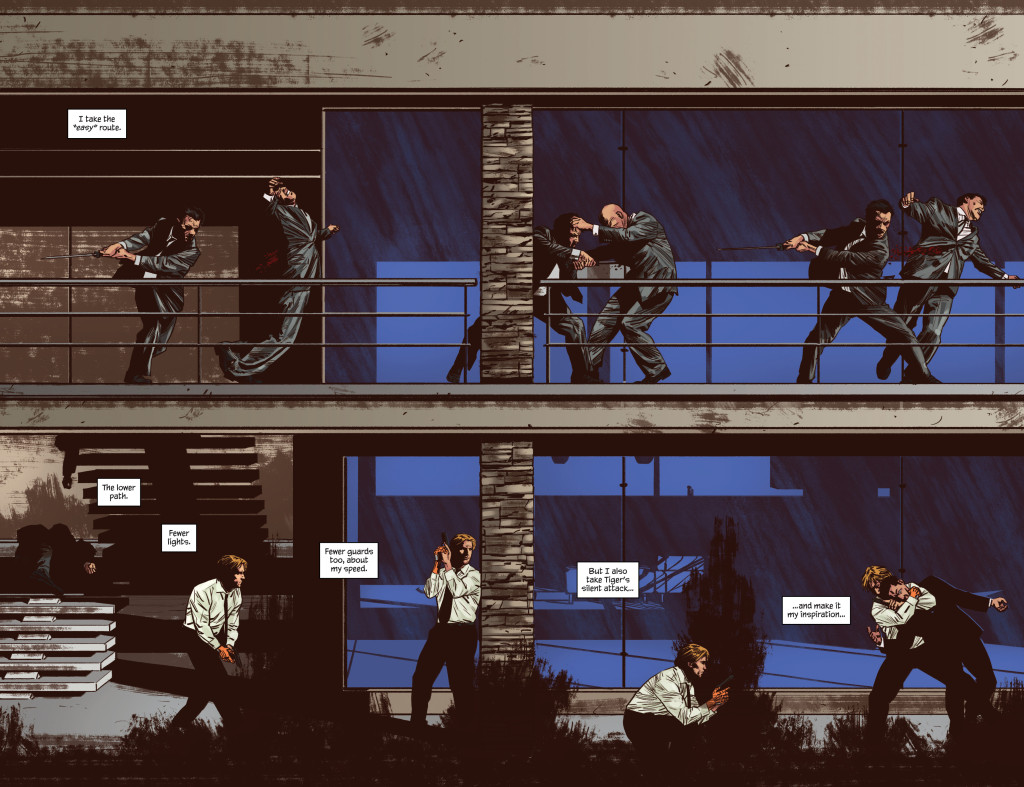 Felix Leiter #5
Felix Leiter #5
Not all projects tied directly into this new continuity. There was a 12-part James Bond Origin series set in World War II, but not even Jeff Parker – whose writing I usually adore – could get me to care about a James Bond Bildungsroman… If you really want to see Parker do his magic with a super-spy series, then you’ll have a much better time with his current Valiant ongoing Ninjak, which on top of everything else benefits from Javier Pulido’s incredibly neat artwork:
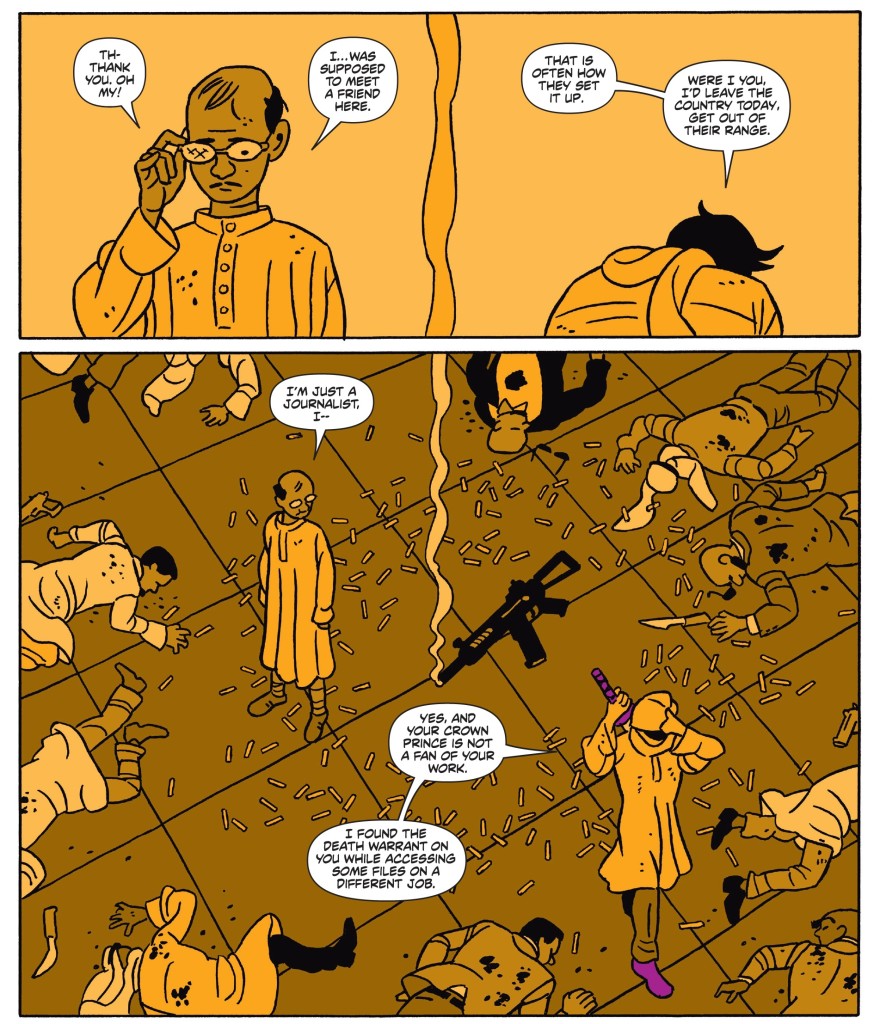 Ninjak (v4) #1
Ninjak (v4) #1
(Yep, that’s Ninjak saving a version of Jamal Khashoggi, because comics.)
Meanwhile, back at Dynamite, Van Jensen has been faithfully adapting Ian Fleming’s original novels to comics…
(Thank you for the gorgeous painted covers, Fay Dalton!)
This comic book version of Casino Royale, stylishly illustrated by Dennis Calero, is almost as strong as Darwyn Cooke’s adaptations of the Parker books, likewise capturing the original’s hardboiled flavor while using visual language to represent the protagonist’s cold professionalism. Just like in the awesome 2006 film adaptation everything about Daniel Craig’s performance – from the way he moves and fights to the way he smirks and bluffs – conveys how much of a blunt instrument Bond is, so do the creators here use comics’ potential to economically capture the character’s hyper-focused psychology… not to mention Ian Fleming’s infatuation with tiny descriptive details:
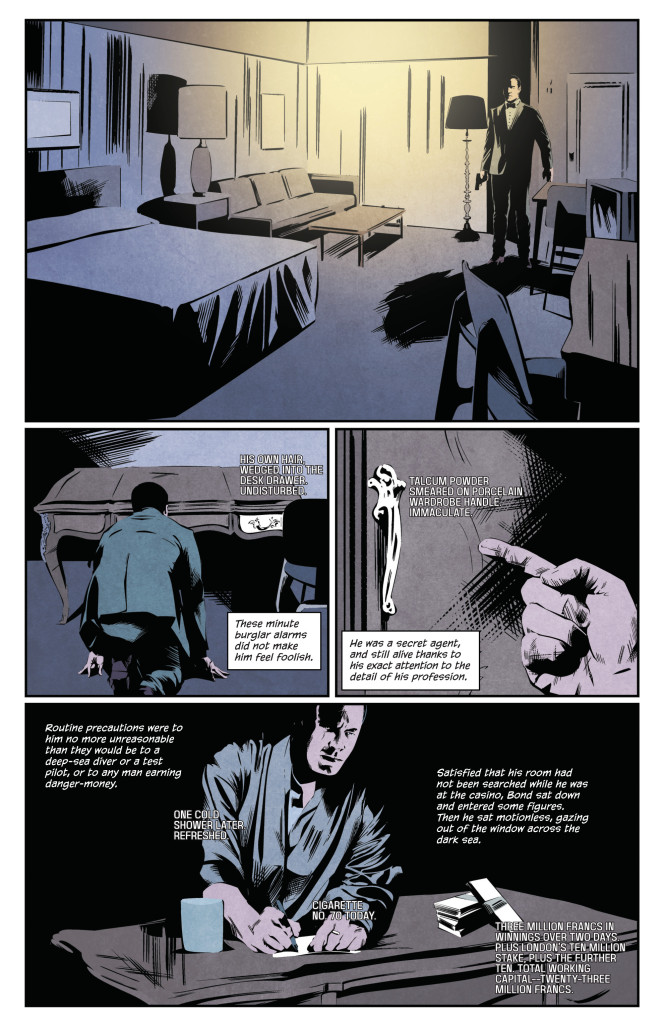 Casino Royale
Casino Royale
(As you can see, letterer Simon Bowland is in top form as well.)
Casino Royale’s plot hinges a lot on card games, which is the kind of device that translates fairly well into a visual medium like comics. Gambling, in fact, becomes a major thematic metaphor in the story, unlike in later James Bond adventures, where it’s typically used as just a glamorous gimmick for quick characterization… Yes, luck is an important factor, but you can conveniently establish a character’s ingenuity by having him figure out how someone else is cheating. This is also a recurring trope, for instance, in the franchises starring the blind swordsman Zatoichi or the illusionist gunslinger Sartana (and in many other westerns, really), whose anti-heroes – like Bond – aren’t above cheating themselves. (The highly entertaining Samaritan Zatoichi even has a scene where the protagonist is caught using the same trick he had often exposed in earlier movies!)
Dennis Calero and colorist Chris O’Halloran form quite a duo. They strike a smooth balance between realism and the occasional experimental touches, pushing the latter particularly far during the story’s infamous genital torture scene, to great effect. Meanwhile, the sexist prose gains from the degree of removal provided by the art, which makes it feel as if we are seeing Bond’s misogyny from the outside (even when we share his point of view, like in the page below), especially as Calero’s rendition of Vesper Lynd plays down the exploitative angle.
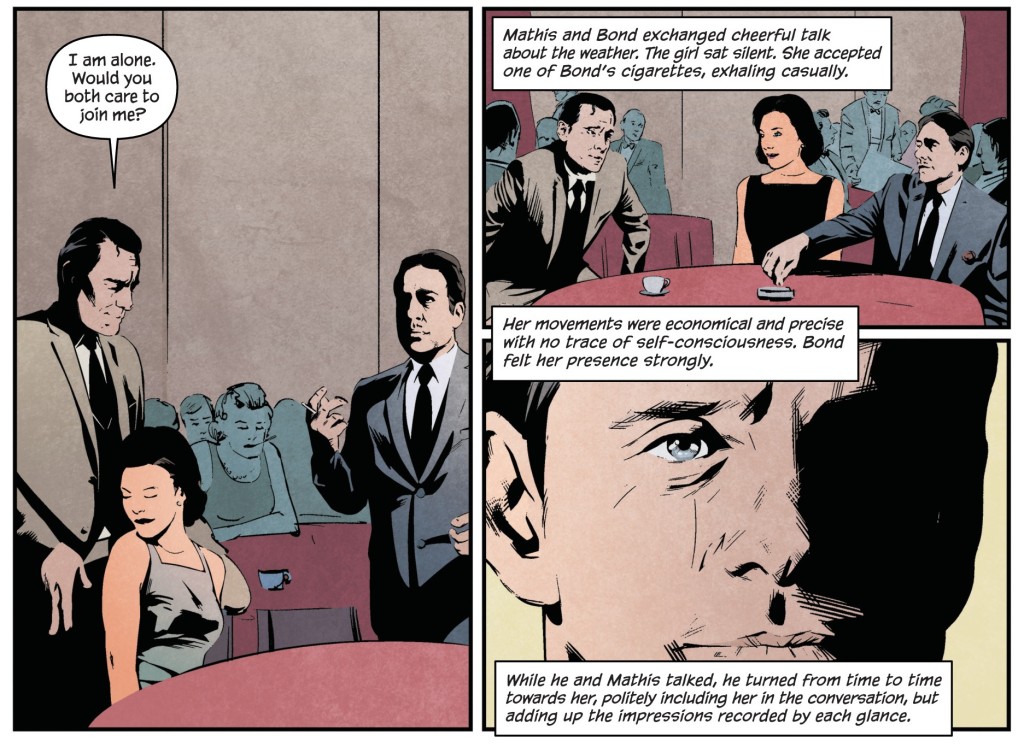
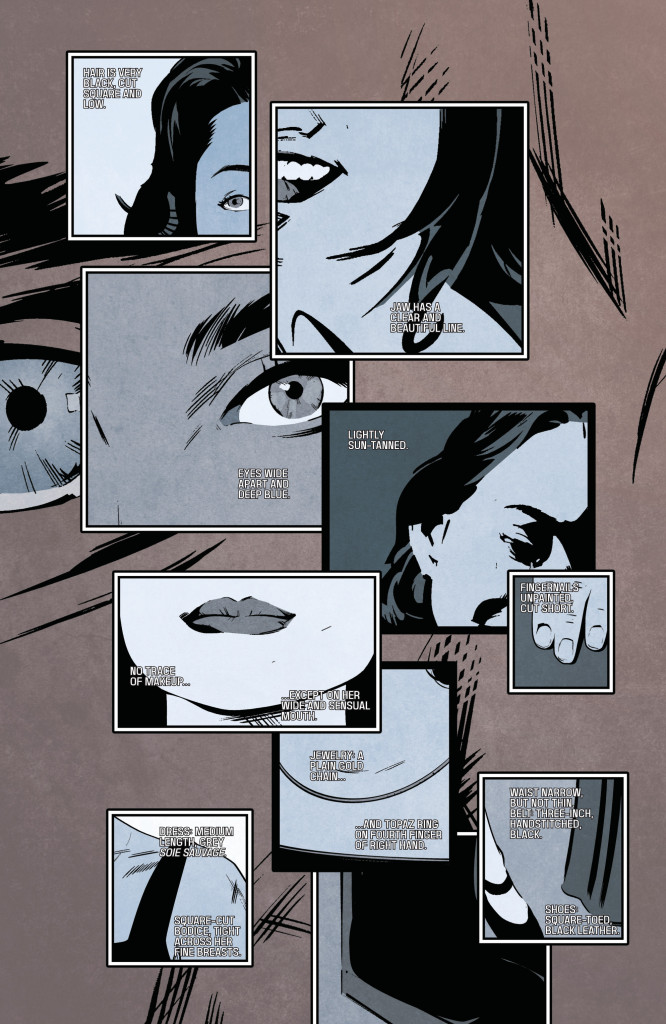 Casino Royale
Casino Royale
Sadly, artist Kewber Baal and colorist Shimerys Baal failed to meet the same bar in Van Jensen’s second book, Live and Let Die. Their storytelling is way too pedestrian for this sort of material… Kewber Baal’s artwork was fine in the cheeky, lighthearted chapter he drew for Refections of Death, but here such a straightforward approach fails to create the kind of sensorial distance that could help modern readers cope with the most sexist and racist elements of Fleming’s text by framing them in a stylized version of the past. It doesn’t help that Jensen’s script is much more text-heavy this time around, delivering an awkward adaptation that tries to preserve too much of the original without taking full advantage of the new medium… I cannot honestly recommend it.
You might as well watch 1973’s Live and Let Die movie, un-PC as it is, since at least it contains some fun elements of blaxploitation – a film subgenre that actually found its way into a number of that era’s spy products, from the anti-Bond The Spook Who Sat By the Door to the quasi-Bond Shaft in Africa, not to mention the bizarre Mission: Impossible episode ‘Cat’s Paw.’
Speaking of Mission: Impossible, as far as spy-fi franchises go, I’m actually much more pumped for next year’s Mission: Impossible 7 than for No Time to Die. I didn’t find the last couple of Bond movies very satisfying – Sam Mendes’ direction was quite stylish, but, in contrasts to Craig’s first outings, the stories were particularly dumb, light on tradecraft, and pretty reactionary (both thematically and visually obsessed with tradition and callbacks to the past). Let’s hope the new creative team figures out a more engaging way to approach this dinosaur!
In turn, I’ve come a long way on the M:I franchise. At first, I thought the ideal Mission: Impossible long-feature would be something along the lines of the original two-parter episodes ‘The Bunker’ or ‘The Controllers,’ which have got to be some of the coolest blends of espionage and hardcore pulp adventure to have ever hit the screens (yes, more than On Her Majesty’s Secret Service, which came out the same year). But I’ve come around and learned to appreciate the spirit of Tom Cruise’s movie series, which has built on a few core elements of the show while also turning them on their head, as the hero is now both a master-manipulator *and* the victim of masterful manipulation. Given the latest instalments’ relentless escalation and evermore intricate and widespread conspiracies, I’m genuinely curious to see where the series is heading…. Let’s face it: by this stage, Tenet could’ve easily been the seventh Mission: Impossible movie!

